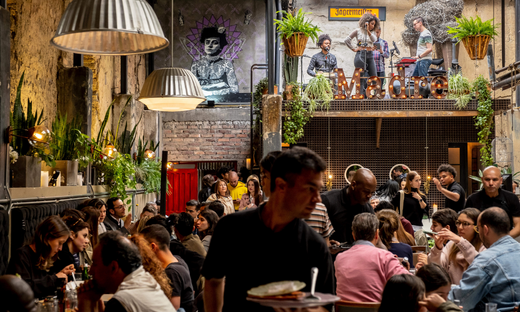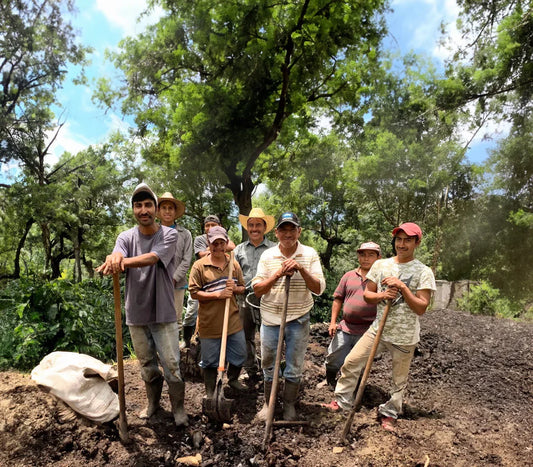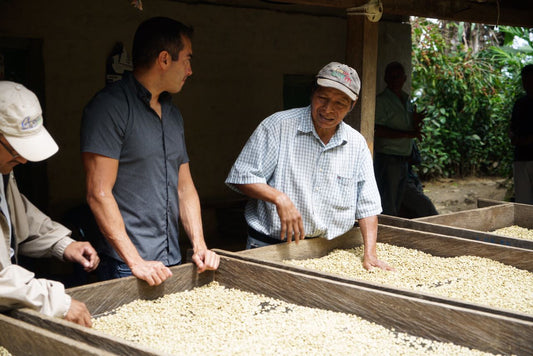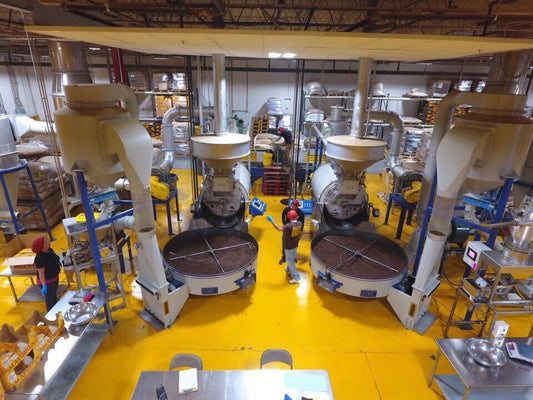
Is Bogotá the Next Latino Culinary Hub?
Jump to:
Mexico City, Lima, Quito and Oaxaca have long reigned as the foodie capitals of Latin America. But the region is witnessing something of a culinary revolution; previously overlooked cities are calling out for their place in the limelight, and few have been louder in recent years than Colombia’s capital city of Bogotá.
Known for its colorful street art, pulsating clubs, and majestic mountaintop churches, Bogotá – and Colombia in general – is emerging as a trendy newcomer in the world of tourism. And, as if that weren’t enough to entice us, it is now making a name for itself as a culinary hotspot, too.
International Recognition
The city recently hosted the event Bogotá Madrid Fusión, a 4-day conference centered around haute cuisine and Colombia’s culinary riches. The event drew in the likes of 1,400 attendees, and 20 globally-recognized chefs and cooks who delivered lectures, workshops and live cooking sessions.
Add a strong tradition of flavors that have not yet reached the international mainstream, mix in a flurry of fine dining restaurants that are pushing gastronomic boundaries, and you get the perfect recipe for a city that’s ready for a seat at the table.
Juan Manuel Barrientos, renowned for achieving the remarkable feat of earning the first-ever Michelin star for a Colombian restaurant with El Cielo in Washington, D.C. and Miami, stands as a true trailblazer. Now, he has brought his culinary mastery to Bogotá, ensuring that his newest establishment matches the same level of unparalleled quality and excellence as its counterparts in the United States.
Bogotá’s Rise to (Michelin) Stardom
Long before the world started paying attention, Bogotá was home to an array of fine dining establishments, mainly concentrated in its Zona G, or “Gourmet Zone”. But the game has reached new heights thanks, in part, to the 2016 Peace Agreement.
How so, you may wonder. Well, the agreement has resulted in access to produce in parts of the country previously inaccessible. Julia Londoño, a Colombian gastronome based in Bogotá, explains that as parts of the country opened up, Colombian chefs seized the opportunity to travel and learn more about the country’s regional cuisines, which vary just as dramatically as the country’s landscapes do.
Londoño continues, saying that many talented chefs who had previously sought work in foreign countries, were now coming back to Colombia, excited at the chance to open fine dining restaurants using indigenous traditions and ingredients combined with foreign techniques they learned abroad.
She highlights self-taught Leonor Espinosa, named the best female chef in the world in 2022. Her restaurant, Leo, offers “a gastronomic journey through … the various Colombian biomes”. Diners can expect dishes like caiman, or albacore fish with hormigas culonas (big-bottomed ants), which is a delicacy of the Santander region.
International Michelin-star chefs are also taking an interest in Bogotá. Take for instance the Peruvian Gastón Acurio, who now has four restaurants in Colombia, two of which are in the capital city. Similarly, expats and travelers are pouring in, bringing with them their own food traditions and preferences. As a result, Bogotá has become a melting pot for everything from Korean BBQ to fusion burgers and Nordic food. Colombians are just as hungry for the world as it is for us. And this mutual fascination has brought a beautiful explosion of flavors to the city.

The Magic of Bogotá’s Traditional Food Markets
No culinary capital worth its salt focuses solely on fine dining. Rough and ready street food is a fundamental pillar for any place looking to earn the title of a true “culinary hub”. Thankfully, this has always been one of Bogotá’s fortes.
Simply take a walk through the city: you’ll see stands offering sliced green mango with salt, salpicón (a mixed fruit salad drowned in orange juice), arepas, empanadas, obleas (wafers with dulce de leche), and many other mouthwatering goodies.
But for the best traditional food in Bogotá, visit one of its many markets. We recommend Paloquemao, La Perseverancia, and 12 de Octubre. Years ago, people would visit these markets only to buy fresh produce at good prices. But initiatives to renovate the spaces have since transformed them into popular food halls.
“Foreigners go crazy with the fruits”, Londoño laughs. And it’s not hard to see why. The markets burst with vibrant colors and fresh, juicy aromas. As well as seasonal fruits, visitors can sample dishes from family-run stalls, getting a true taste of recipes that have been passed down for generations.
What’s Next for Bogotá’s Food Scene?
For all the attention it’s been receiving over the last few years, Bogotá is still a relative newcomer to Latin America’s culinary hall of fame.
Perhaps for this reason, it’s possible to see its cuisine unfolding right before your eyes. The city is not yet entrenched in restrictive expectations of visitors from afar.
Every time I return for a visit, there's a buzz about a new hotspot that has everyone talking. And it continues to attract a veritable army of talented chefs, each one injecting their own creativity and energy into Bogotá’s culinary evolution.
It’s true that this can make it difficult to pin down exactly what “comida bogotana” is. But this only adds to its reputation as an exciting foodie destination. You never know what’s coming next!
Grand culinary tours throughout the entire country are part of Julia Londoño’s predictions for the future. People will let their taste buds lead them from the coasts of the Atlantic and the Pacific to the peaks of the Andes, the great plains of Los Llanos, and the impenetrable Amazon.
In the meantime, head to Bogotá, where you can sample every region of Colombia in just one city. Just remember to wear a loose-fitting pair of pants.


